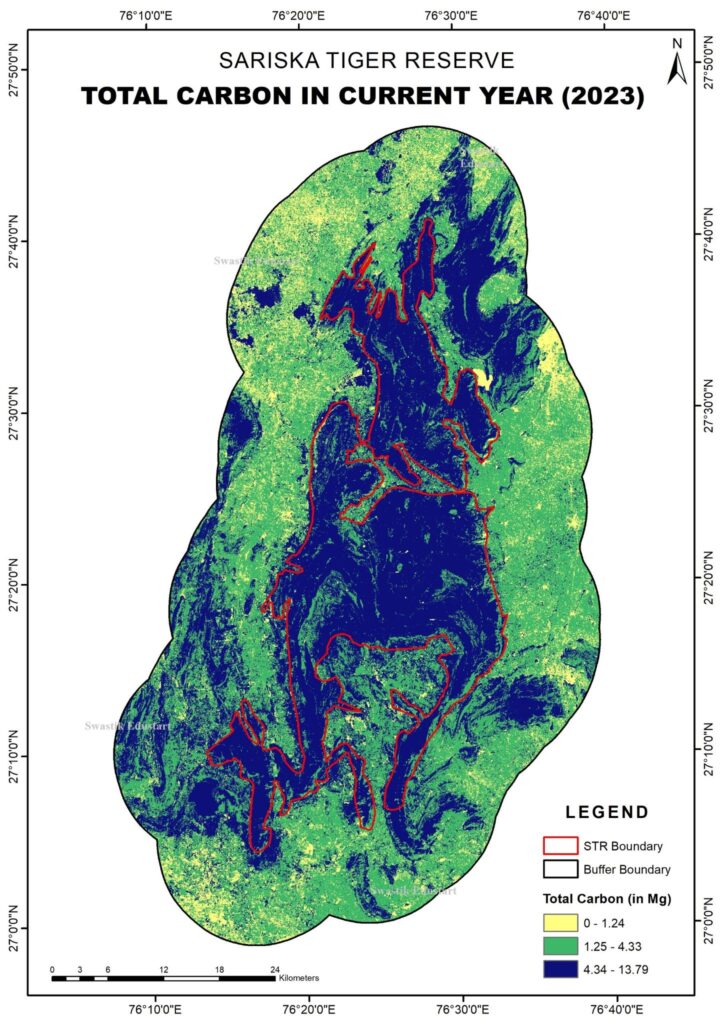The term “total carbon” refers to the sum of all forms of carbon present in a sample. In environmental science and chemistry, understanding and measuring total carbon is crucial for various analyses, such as assessing pollution levels, studying ecological health, and monitoring climate change. Total carbon can be divided into several categories:
- Total Organic Carbon (TOC): This is the amount of carbon found in organic compounds, which include materials derived from living organisms, such as plants and animals. TOC is an important parameter in water and soil quality assessments.
- Total Inorganic Carbon (TIC): This includes carbon found in inorganic compounds, such as carbonates and bicarbonates. TIC is often measured in water samples to evaluate its buffering capacity and the presence of dissolved carbon dioxide.
- Elemental Carbon (EC): Often found in particulate matter, this form of carbon is a primary component of soot and is significant in air quality studies.
- Dissolved Organic Carbon (DOC): A subset of TOC, DOC refers to organic carbon compounds dissolved in water. This is particularly relevant in aquatic ecosystems and water treatment processes.
Measurement Methods
Several methods are used to measure total carbon in different contexts:
- Combustion Analysis: This involves burning the sample and measuring the carbon dioxide produced. Instruments like the Total Organic Carbon Analyzer are commonly used.
- Infrared Spectroscopy: This technique detects carbon compounds by measuring the absorption of infrared light, which varies based on the presence and concentration of carbon.
- Chemical Oxidation: This method involves oxidizing carbon compounds to carbon dioxide, which is then quantified. This is often used for measuring TOC in water samples.
Applications
- Environmental Monitoring: Measuring total carbon helps in assessing pollution levels, carbon cycling, and ecological health. For instance, TOC levels in water can indicate the presence of pollutants or organic matter that might affect aquatic life.
- Climate Change Studies: Understanding the total carbon content in different reservoirs (e.g., oceans, forests, atmosphere) is crucial for modeling carbon cycles and predicting climate change impacts.
- Agriculture: Soil carbon content is an indicator of soil health and fertility. Monitoring total carbon in soil helps in sustainable land management practices.
- Industrial Processes: Industries monitor total carbon to ensure compliance with environmental regulations and to optimize processes that involve carbon compounds.
Understanding and managing total carbon is vital for maintaining ecological balance, ensuring public health, and mitigating climate change.



